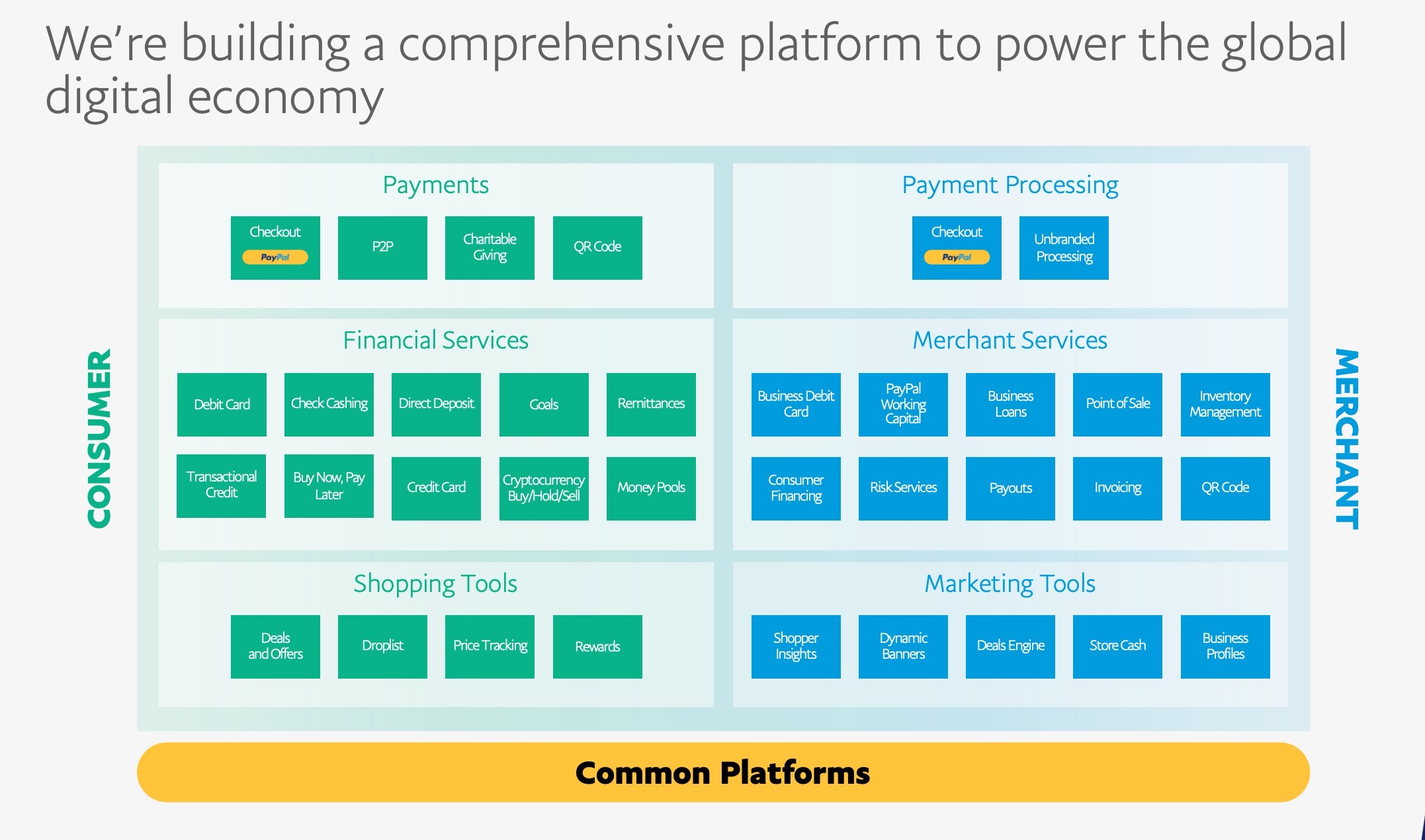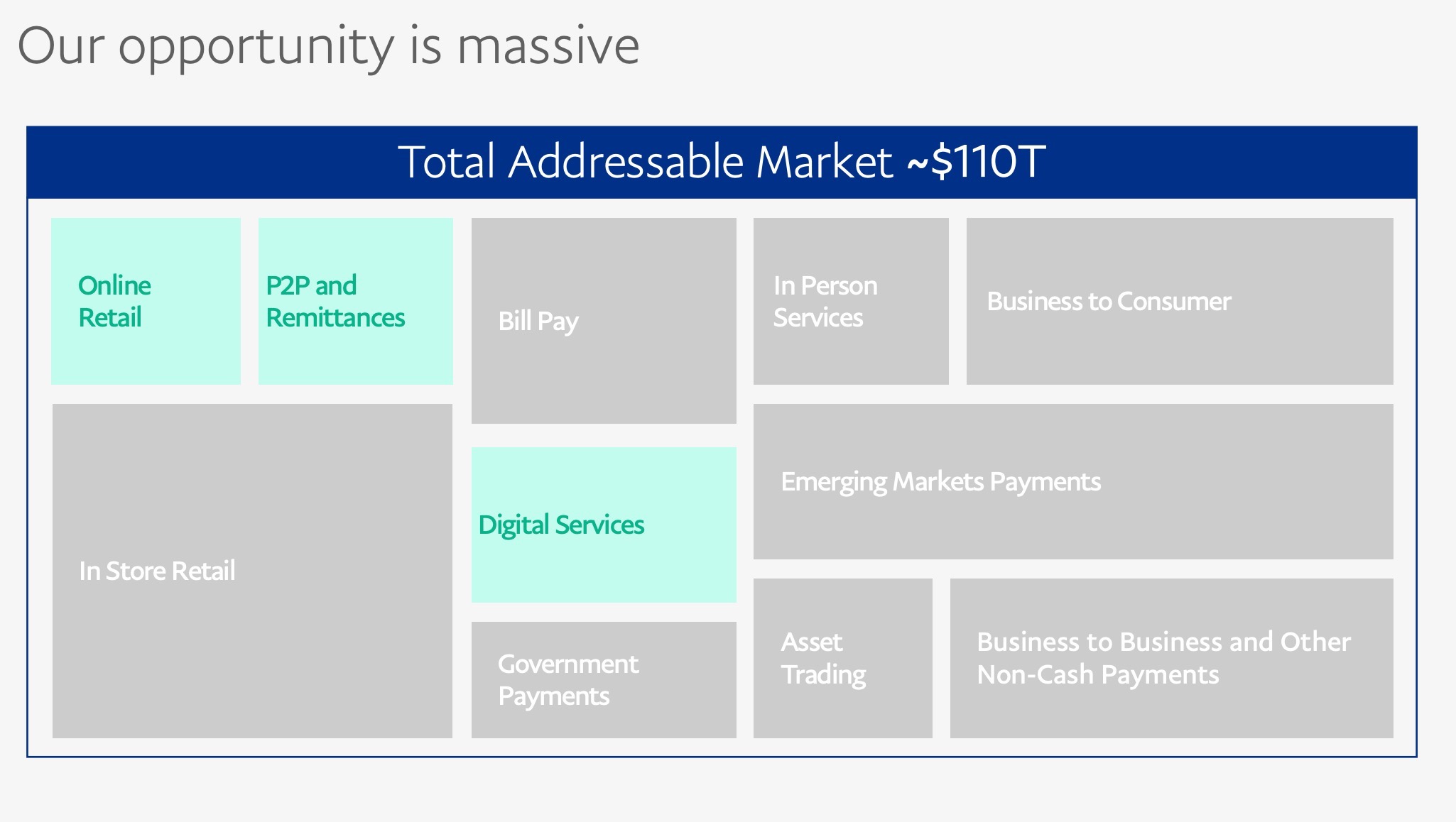Why Platform Product Managers Impact Valuations

Many product management writers focus on "levers" of growth around user acquisition tactics and enabling better on-boarding features.
Search Twitter or Substack, you will find plenty of quality articles and tutorials covering the role of growth using product features and capabilities as primary levers.
However, the excellent article "The Elephant in the room: The myth of exponential growth"[1] reveals the underlying patterns behind revenue growth for high-valuation online businesses. Although much of the article describes the pattern of growth and their mathemetical attributes, the conclusion it reaches opened my eyes to the power of platforms.
The traditional elements of growth -- engaging with customer segmentation, easier "aha" moments, sticky features, and product flywheels -- will always have a place. The article does not suggest those optimizations don't have a place. In fact, it presumes that any given product, especially for a company that has hit Product Market Fit, will be pushing the envelope of those growth dynamics.
But the article suggests it may not be the full story.
It’s well-known that companies need to add additional products to continue fast growth after achieving scale. However the second product is highly unlikely to achieve the same market share and monetary scale as the first, so there needs to be multiple, not just one. This requires serious investment, parallel efforts, and the chutzpah to kill off the ideas that aren’t working.
I might even consider editing this to say that companies need to start adding additional products after they achieve PMF and have their unit economics nailed.
In SaaS, even if the second product is not going to be at the scale of the first big hit, each month of revenue accrues. As long as the new product in an adjacent market or persona can be profitable, especially by leveraging off of the initial big product on its way to scaling, it might be the way to ensure a foundation to stack Elephant Curves to achieve overall growth goals.
My hunch is that adding new products too late in a declining cycle might be too late.
In other words, the capability to fast-follow on a PMF product may be central to the valuation.
This runs counter to some advice to "stick to the knitting" once something is working. It means, in addition to maximizing the rocketship growth of a PMF product, to accelerate the release of more products.
So what does this mean in terms of Platforms?
Building and launching new products as the engineering teams grow gets harder over time. (see Why Have a Platform Product Manager?)
The delicate role is identifying when there is a) enough maturity in a primary product that there isn't going to be a massive rewrite with each experiment; b) "cruft" in the engineering process that launching faster is being slowed down.
However, once that moment has been identified, having a Product Manager to focus on both the internal developer experience AND the external needs coming down the pipeline can give major advantages for a business. (This is part of Context in Building Extensible Compute Platforms)
In other words, instead of companies having a rolling thunder of new features and enhancements, companies should be having rolling thunder of entirely new products.
This, of course, can be unsustainable and lead to burn-out if the capability to support this release motion isn't there.
Building this internal capability, not just the tooling, but the culture, communication, and expectations to have such a release cycle can't be left the chance. It can't just be "dictated" and willed into existence.
It need dedicated thoughtful approach that starts with treating the platform as a product.
What are the areas that get impacted?
If we break down the article, we see that each additional product products another increment of revenue per period.
This graph shows the revenue impact of a single product with multiple marketing campaigns, which could target different geographies or buyers:
But a similar outcome can be attributed to a company which manages to launch multiple products on the backs of a core PMF product[2]
Does the platform product manager understand the detailed market and personas for each additional product? No. The application-specific PMs still own the outcomes for their specific products.
But, a platform product manager contribute to an accelerated release:
- Increase productivity of the engineers (reduce cognitive load; wait times; coordination/rework)
- Faster experimentation with more frequent and reliable release schedules
- Augmented capabilites with easier sharing of data and services across products
Together these should shorten the time between new product releases while lowering the engineering costs to perform and maintain those releases.
Platforms can make scaling and innovation a company's superpower.
It does so by removing the silos and frictions which come from multi-product engineering organizations.
PayPal: An Example of Growth By Platform
Paypal
An internal platform enables PayPal to build or bolt on (through acquisition) more quickly:[3]

The diagram above illustrates "product areas" that PayPal sees as adjacent parts to the business. The acceleration of those helps their business.
In PayPal's case, they have an opportunity to be a super-app, consolidating 40-50 adjacent apps that the consumer or merchants use, according to their CEO Dan Schulman.[4]
At this scale, disjointed workflows, dependencies, and added bureaucracy for developers to manage security and compliance would slow them down.
The converse is also true: abstracting away the cognitive overload and the deployment complexities creates real value.

The above illustrates how the growth changes after 2014 when Schulman became CEO.[5]
Yes, the change in leadership and focus on different strategies also helped.
But, adding new products expanded the TAM which, in turn, accelerated growth since they could piggy-back on-top of their core, existing users.

Conclusion
Building faster through a platform, alone, can't accelerate growth and increase valuations.
Building bad products or the wrong products quickly, for example, won't move the needle.
But for companies that believe they are able to enter adjacent or more deeply vertical spaces with capability and customer insights, then building quickly can speed up that growth.
When the platform takes on strategic value, then a platform product manager makes a difference.
The Elephant in the room: The myth of exponential hypergrowth ↩︎
I emphasize that there needs to be the existence of something at scale that is successful that allows a company to then expand into adjacencies or drive deeper in the problem set. Launching additional products when there is no pre-existing traction would be wasteful and ineffective. ↩︎
PayPal's Schulman Settles Into Role As Catalyst | PYMNTS.com ↩︎